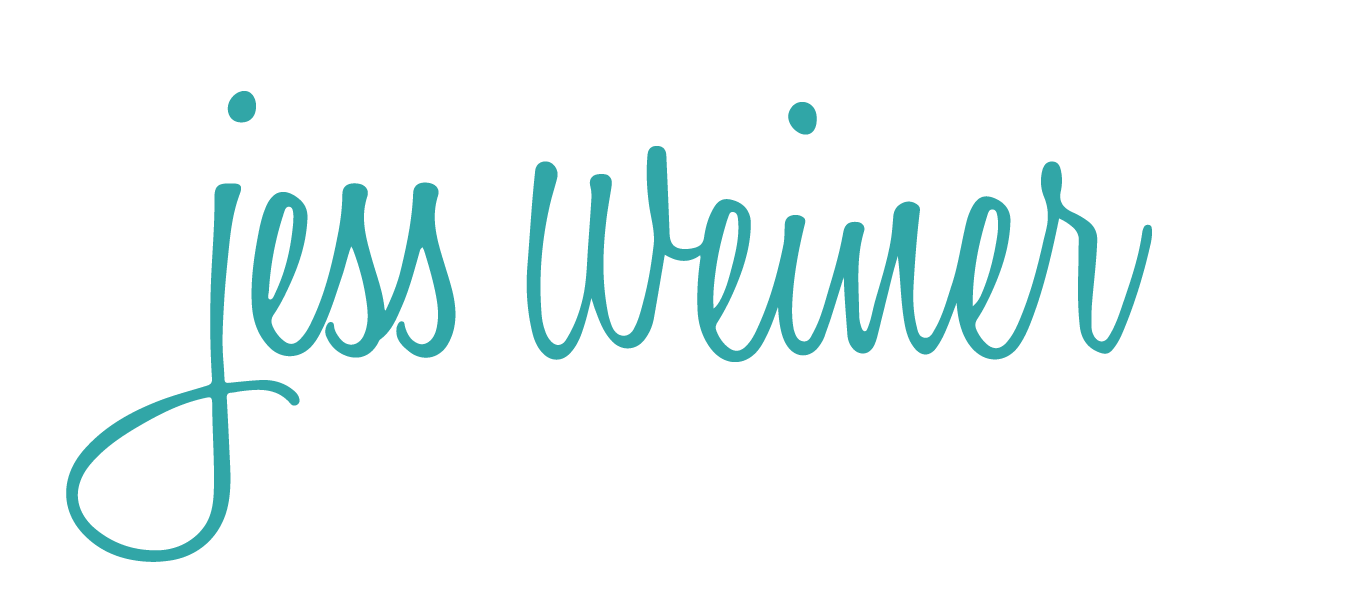The fashion industry has a history of making Plus-Size women feel more like the “other.” Go shop in the “other” section. Select from these “other” styles and designs, and pay these “other” prices.
From my own experience (and the 200+ comments on my Facebook post), treating plus-sized women like the “other” can make something as ordinary as shopping a real self-esteem downer. It comes with many inconveniences and, if you LOVE fashion like I do, it can make you feel unworthy of being stylish in your own skin.
When one of my favorite actresses, Leslie Jones, couldn’t find a designer to make something for her to wear to her “Ghostbusters” premiere, she took to social media to express her frustration.

You are not alone @lesdoggg!

Anyone who has ever had to separate from friends at the mall while on a shopping trip knows how frustrating it is. You just want to shop for the same cute styles as the next girl—in YOUR size. Yet, we have to part ways and enter the section of over-priced and under-fashioned clothing (and why on earth is the Plus-Size section always by the appliances anyway?).

Did you know that the average American woman now wears between a size 16 and a size 18? The industry calls us “plus-size women,” a term that fashion consultant and television personality Tim Gunn would like to erase. He says the fashion industry needs a makeover “because plus-size women deserve fashion – and we deserve the same amount choices offered to straight sizes.”
I couldn’t agree more, and Meijer agrees too.
Meijer recently announced that by 2017, they’ll have eliminated the “plus-size department” — combining all sizes on the same rack across 230 stores in the Midwest. Finally, an open-door invitation for all people who love fashion to enjoy a positive shopping experience — and that’s good for business!

This will completely change the shopping experience at Meijer, creating a space that allows all women shop together based on fashion trend, not size. They are also selling all clothing in all sizes at same price — THANK YOU!!! 🙏🏼
Check out this video from Meijer’s “Plus-Size” elimination and inclusion announcement. You can really feel the happiness and joy in JoElla’s heart in this video – I feel it too! This is a great example of what brands can do to make consumers feel connected, included and SEEN. Love it! More please!






























